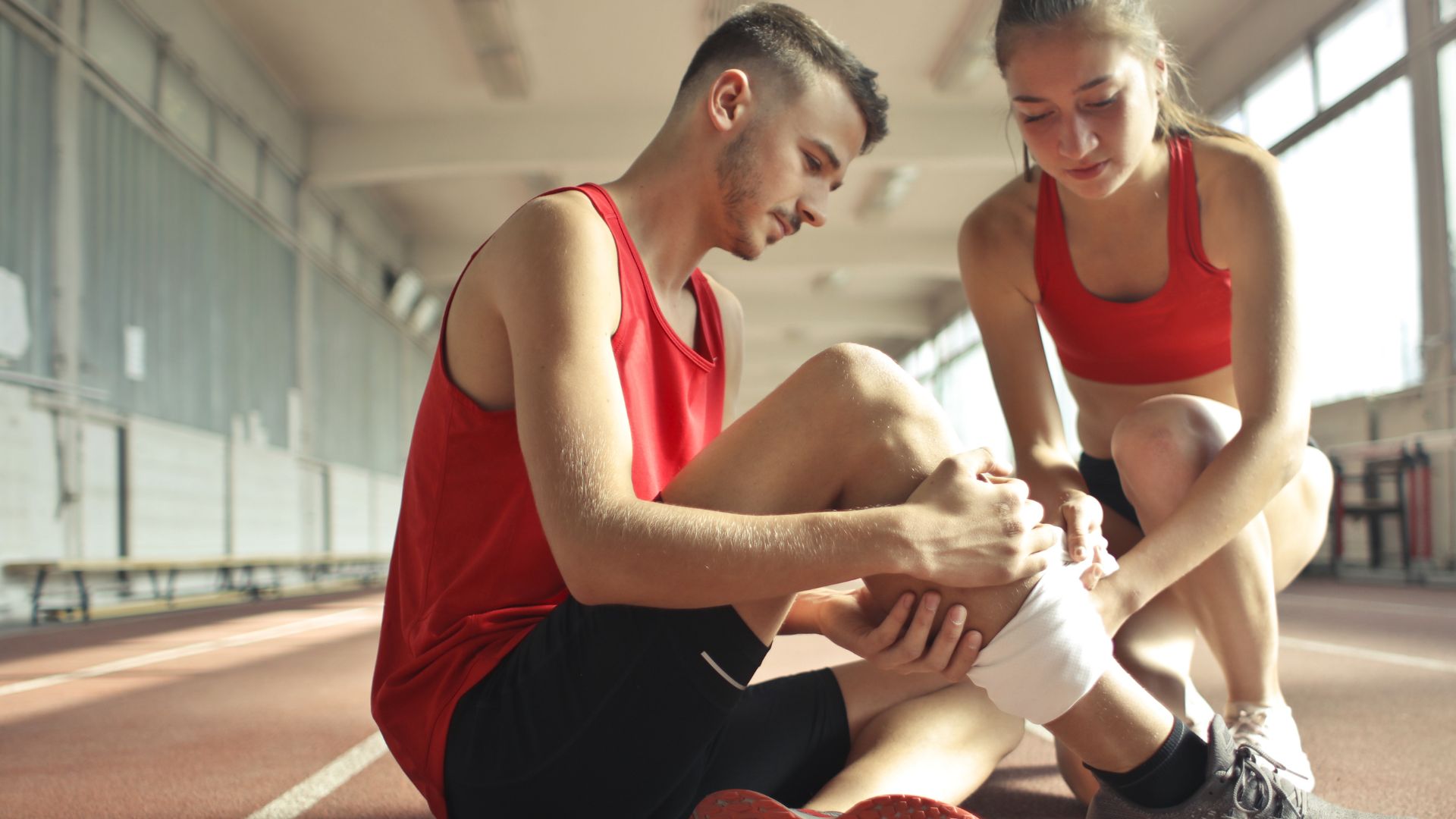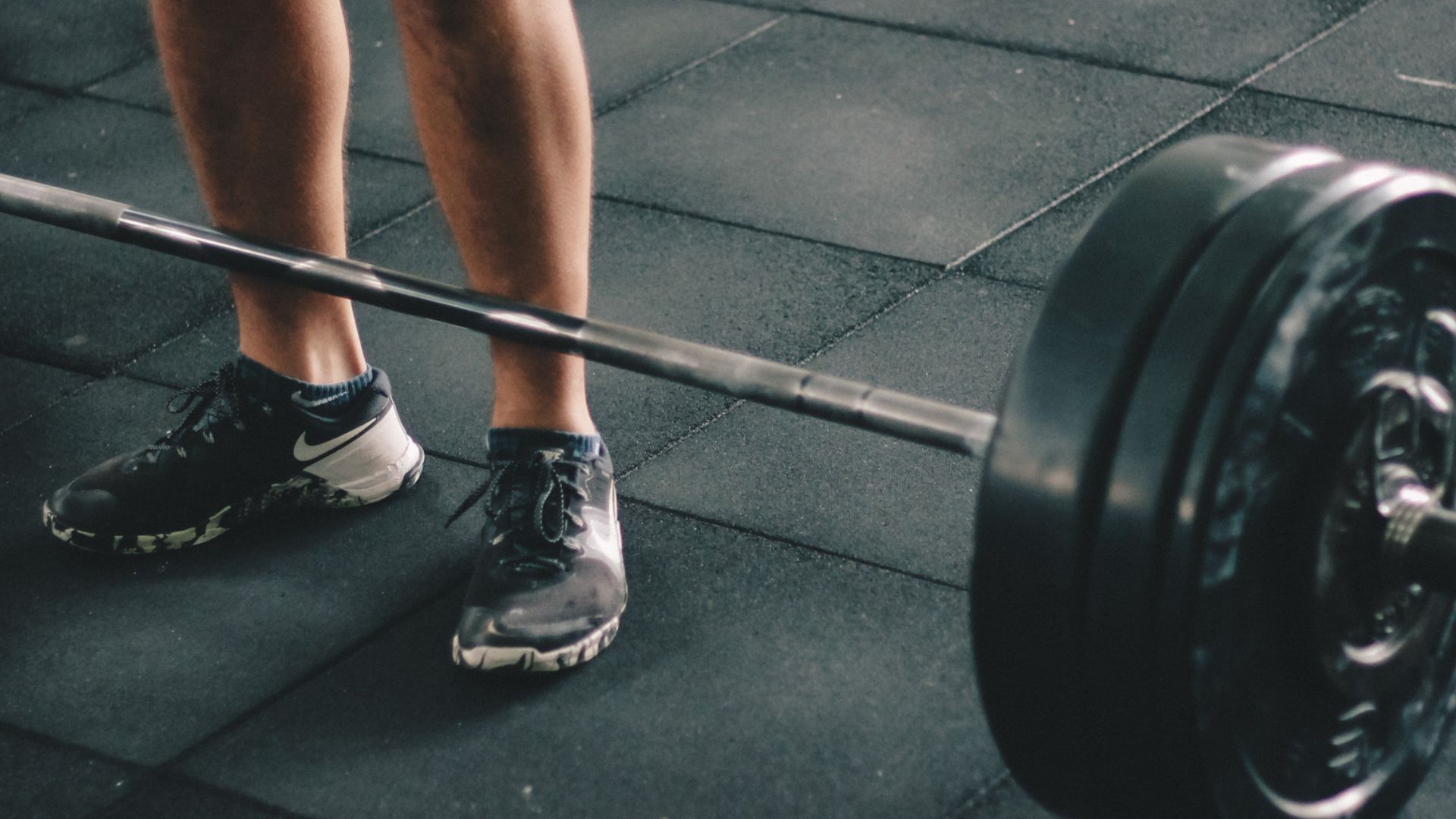Shin pain during squatting can be caused by several factors. According to Healthgrades, shin splints are a common cause of shin pain, which is a type of repetitive use injury that affects the tibia, or shin bone. a study by Powerlifting Technique suggests that if you have shin splints while squatting, it is likely due to a combination of flat feet, poor ankle mobility, improper knee tracking, and an inefficient bar path. In some cases, shin pain during squats could also be caused by other factors such as stress fractures, bone bruises, bone fractures, bone tumors, Paget’s disease of the bone, and fibrous dysplasia, as noted by Medical News Today.
Shin Splints
Shin splints, also known as medial tibial stress syndrome, is a condition that causes pain along the shin bone (tibia) in the front of the lower leg.
It is a common injury among athletes who frequently run, dance, or perform activities that involve repetitive stress on the lower leg.
According to the Mayo Clinic, shin splints can be caused by a variety of factors, including overuse of the lower leg, improper footwear, and improper running technique.
Symptoms of shin splints include a dull ache or pain in the front of the lower leg, swelling, and tenderness. Treatment of shin splints typically involves rest, ice, compression, and elevation (RICE) therapy, as well as taking anti-inflammatory medication.
To avoid this. It is very important to stop the activity that caused the pain and gradually return to activity once the pin has subsided.
Flat feet.

Ankle mobility
Improper knee tracking
Improper knee tracking is also known as patellar tracking disorder or patellar maltracking.
It occurs when the kneecap (patella) shifts out of place as the leg bends or straightens. In most cases, the kneecap shifts too far toward the outside of the leg, although in a few people it shifts toward the inside.
This misalignment occurs when there is movement at the knee joint – i.e., when your leg is in the process of bending or straightening.
Common symptoms of patellar tracking disorder are pain in the front of the knee when going down stairs, jumping, squatting or kneeling, popping or grinding in the kneecap when you bend or straighten the leg, and the knee feeling as if it is buckling or giving away under the weight of the body.
Inefficient bar path
An inefficient bar path during squats can contribute to the development of shin splints. Bar path refers to the path that the barbell follows during the squatting motion.
Ideally, the barbell should travel in a straight line over the midfoot, with the hips and knees moving back and down together.
If the barbell deviates from this path, it can cause the lifter to shift their weight forward onto their toes, which can place additional stress on the tibialis anterior muscle and the front of the shin bone, leading to the development of shin splints.
According to a study by Powerlifting Technique, one common cause of an inefficient bar path is poor core stability.
If the core muscles are weak, the lifter may compensate by leaning forward during the squat, causing the bar to move forward and placing additional stress on the front of the shin bone.
The study suggests that performing exercises to strengthen the core muscles, such as planks and crunches, can help improve core stability and reduce the risk of developing shin splints while squatting.
Additionally, practicing proper squatting technique and using lighter weights can help improve bar path and reduce the risk of injury.
Stress fractures
Stress fractures are tiny cracks in a bone that are caused by repetitive force, often from overuse, such as repeated jumping or running long distances.
These tiny cracks can also develop from normal use of a bone that’s weakened by a condition such as osteoporosis.
The most common symptoms of stress fractures are a dull ache that can become very painful. The treatment for stress fractures includes rest to allow the crack to heal.
If the injury is severe, it may require a cast or surgery. Stress fractures are commonly seen in athletes, particularly long-distance runners, and can be found in the shin bone, foot, heel, hip, and lower back.
Bone bruise.
A bone bruise, also known as a bone contusion, is a type of traumatic injury that occurs when there is a small injury on the surface of a bone.
This injury causes blood and other fluids to build up, resulting in a discoloration. While bone bruises can be painful and leave the affected area sore, they are less severe than bone fractures.
Bone bruises can occur due to a direct blow to the bone, the forces associated with the skin or muscle being torn away from the bone, or two bones striking each other.
If you suspect you have a bone bruise, it is important to see a healthcare provider to rule out other medical problems, such as a bone fracture.
Treatment may include rest, icing the affected area, and over-the-counter pain medication.
Cause of shin pain – video related here ^ ^
Bone fracture
A bone fracture is a medical condition that occurs when a bone is cracked or broken, often due to trauma, overuse, or a medical condition that weakens the bone, such as osteoporosis.
The symptoms of a bone fracture include pain, swelling, bruising, and difficulty moving the affected area. Some fractures can also cause deformity or a popping or snapping sound at the time of injury.
Treatment for a bone fracture depends on the severity and location of the fracture. In most cases, the affected area is immobilized with a cast or brace to allow the bone to heal.
If the fracture is severe or in a location that cannot be immobilized, surgery may be necessary.
Recovery time for a bone fracture can vary depending on the severity of the injury, but in general, it can take several weeks to several months for the bone to fully heal.
Here’s a chart table with 15 possible causes of shin pain while squatting:
| Possible Cause | Description |
|---|---|
| Shin splints | Pain in the front of the lower leg due to inflammation of the muscles, tendons, or bone tissue. Usually caused by overuse or improper training techniques. |
| Stress fracture | Small crack or break in the bone due to repetitive stress or overuse. Common in athletes who perform high-impact activities, such as running or jumping. |
| Tendinitis | Inflammation of the tendons that attach muscles to bone. Can be caused by overuse, improper technique, or muscle imbalances. |
| Compartment syndrome | Pain and swelling in the lower leg due to increased pressure within the muscle compartments. Can be caused by overuse or trauma. |
| Nerve impingement | Pinched or compressed nerves in the lower leg. Can be caused by improper squatting form, tight muscles, or spinal issues. |
| Muscle strain | Overstretching or tearing of the muscles in the lower leg. Can be caused by sudden movements or improper technique. |
| Osteoarthritis | Degeneration of the cartilage in the joints, leading to pain and stiffness. Can be caused by wear and tear or injury. |
| Rheumatoid arthritis | Autoimmune disorder that causes inflammation of the joints. Can affect any joint in the body, including the ankles and knees. |
| Gout | Buildup of uric acid crystals in the joints, leading to pain and inflammation. Typically affects the big toe, but can also affect other joints. |
| Peripheral arterial disease | Narrowing or blockage of the arteries in the legs, leading to decreased blood flow and pain. Can be caused by smoking, diabetes, or high blood pressure. |
| Deep vein thrombosis | Blood clot in the deep veins of the leg. Can be caused by prolonged sitting, immobility, or injury. |
| Varicose veins | Swollen, twisted veins in the legs. Can be caused by genetics, pregnancy, or prolonged standing. |
| Osteoporosis | Decreased bone density and increased risk of fractures. Can be caused by aging, hormonal changes, or nutritional deficiencies. |
| Cellulitis | Bacterial infection of the skin and underlying tissue. Can cause redness, swelling, and pain in the affected area. |
| Plantar fasciitis | Inflammation of the plantar fascia, a thick band of tissue that runs along the bottom of the foot. Can cause pain and stiffness in the heel and arch of the foot. |
It’s important to note that this chart table is not exhaustive, and there may be other possible causes of shin pain while squatting. If you are experiencing persistent or severe pain, it’s best to consult a medical professional for an accurate diagnosis and treatment plan.
Bone tumors.
Bone tumors are abnormal growths of cells that form a mass or lump within a bone. Bone tumors can be benign (non-cancerous) or malignant (cancerous).
Benign bone tumors are more common than malignant ones, and they usually do not spread to other parts of the body. Malignant bone tumors, on the other hand, can spread to other parts of the body and can be life-threatening.
The symptoms of bone tumors include pain, swelling, and stiffness in the affected area. In some cases, a bone tumor may not cause any symptoms until it has grown large enough to weaken the bone or cause it to fracture.
Treatment for bone tumors depends on the type of tumor, its location, and its stage. In most cases, surgery is the primary treatment for bone tumors. Other treatments, such as radiation therapy and chemotherapy, may also be used.
Paget’s disease of the bone.
Fibrous dysplasia
Fibrous dysplasia is a rare bone disorder that causes abnormal growths or lesions in one or more bones.
The condition occurs due to a genetic mutation that affects the normal development and remodeling of bone tissue.
Fibrous dysplasia can affect any bone in the body, but it most commonly affects the skull, ribs, and long bones in the arms and legs.
The symptoms of fibrous dysplasia can vary depending on the location and extent of the bone lesions. In some cases, the condition may not cause any symptoms and is discovered incidentally on an X-ray or other imaging test.
In other cases, fibrous dysplasia can cause bone pain, deformity, fractures, and other complications. Treatment for fibrous dysplasia depends on the severity and location of the lesions.
related video here – to fix shin pain ^ ^
Conclusion
Don’t let shin pain derail your fitness journey. By understanding the possible causes of shin pain when squatting, you can take steps to prevent it and continue to push yourself towards your fitness goals.
If you are experiencing shin pain during squatting, it is recommended to modify your training program and implement exercises and cueing strategies to help alleviate the pain.
Remember to always listen to your body and seek professional guidance if your pain persists.
Keep squatting and stay strong!”

Hey there, it’s Mike Rrsq, the Editor-in-Chief over at Jsquat.com, and I’m absolutely obsessed with all things squat fitness! I’ve been lucky enough to get some serious recognition for my work in this field. With a solid background in the fitness and wellness industry, I’ve been there right from the get-go, helping shape this website into what it is today.
You see, I’m not just the boss around here; I’m also a passionate contributor. I love sharing my insights through my articles, and trust me, they’re not your run-of-the-mill stuff. Each piece I write is a labor of love, filled with my expertise and real-world experience in the fitness universe. So, if you’re into fitness and looking for some inspiration, you’re in the right place!

